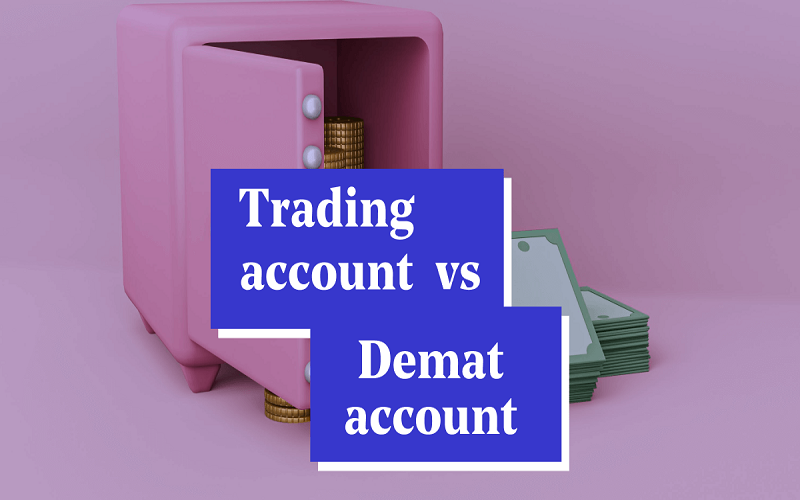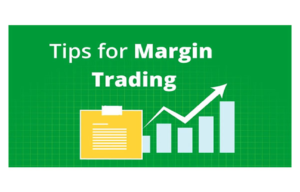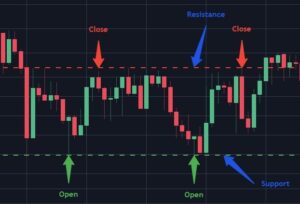The Impact of Technology on the Demat Market: Trends to Watch in 2024

In the past few decades, the financial markets have undergone a significant transformation due to advancements in technology. The dematerialization (demat) market, in particular, has seen rapid growth and innovation. As we move into 2024, several technological trends are poised to shape the demat market further. This blog explores these trends in detail.
Understanding the Demat Market
Before diving into the technological trends, it’s essential to understand what the demat market is. The demat market refers to the system where securities like stocks, bonds, and mutual funds are held in electronic form rather than physical certificates. This process of converting physical shares into electronic format is known as dematerialization. The demat market has made trading more efficient, secure, and accessible to investors.
Trend 1: Blockchain Technology
One of the most significant technological trends impacting the demat market in 2024 is blockchain technology. Blockchain provides a decentralized and safe option to record transactions. In the context of the demat market, blockchain can enhance transparency, reduce fraud, and streamline the settlement process. By recording every transaction on a tamper-proof ledger, blockchain ensures that all market participants have access to the same information, thus reducing the chances of discrepancies.
Trend 2: Artificial Intelligence and Machine Learning
Artificial Intelligence (AI) and Machine Learning (ML) are revolutionizing various sectors, including finance. In the demat market, AI and ML can analyze vast amounts of data to identify patterns and predict market trends. By leveraging AI, investors can make more informed decisions, optimize their portfolios, and enhance their returns.
Trend 3: Robotic Process Automation (RPA)
Robotic Process Automation (RPA) uses software robots to automate repetitive tasks. In the demat market, RPA can automate account opening, KYC (Know Your Customer) verification, and transaction processing. This automation reduces the chances of human error, speeds up processes, and lowers operational costs.
Trend 4: Mobile Trading Apps
The rise of mobile trading apps has made the demat market more accessible to a broader audience. These apps allow investors to trade on the go, monitor their portfolios, and access real-time market data. With user-friendly interfaces and advanced features, mobile trading apps have democratized trading, making it easier for novice investors to participate in the demat market.
Trend 5: Cybersecurity Measures
As the demat market becomes increasingly digital, the importance of robust cybersecurity measures cannot be overstated. Protecting sensitive information and ensuring the integrity of transactions is paramount. Brokerage firms and financial institutions are investing heavily in advanced cybersecurity technologies to safeguard their systems against cyber threats. Multi-factor authentication, encryption, and biometric verification are some of the measures being implemented to enhance security.
Trend 6: Big Data Analytics
Big data analytics involves analyzing large datasets to uncover hidden patterns, correlations, and insights. In the demat market, big data can be used to enhance risk management, detect fraudulent activities, and improve customer service. By analyzing trading patterns and investor behaviour, financial institutions can develop more effective strategies and offer tailored solutions.
Trend 7: Cloud Computing
Cloud computing has revolutionized the way of storing data. In the demat market, cloud computing offers scalability, flexibility, and cost-efficiency. Brokerage firms can leverage cloud-based solutions to handle large volumes of data, ensure business continuity, and provide seamless access to trading platforms. By adopting cloud computing, financial institutions can enhance their operational efficiency and offer better services to their clients.
Trend 8: Internet of Things (IoT)
The Internet of Things (IoT) is an interconnected network of devices that can connect and exchange data. In the demat market, IoT can provide real-time data on market conditions, investor sentiment, and trading activities. This real-time data can help investors make informed decisions and respond quickly to market changes. For instance, smart devices connected to trading platforms can provide instant alerts and notifications, ensuring that investors stay updated on market trends.
Conclusion
The impact of technology on the demat market is profound and far-reaching. Embracing these technological trends will not only enhance your trading experience but also position you for success in the ever-evolving financial landscape of 2024 and beyond. The demat market in India is poised for significant transformation in 2024, driven by technological advancements. Blockchain, AI, RPA, mobile trading apps, cybersecurity measures, big data analytics, cloud computing, and IoT are some of the key trends to watch. These technologies are enhancing transparency, efficiency, and security in the demat market, making it more accessible and user-friendly.
As an investor, staying abreast of these technological trends can help you navigate the demat market more effectively. Platforms like HDFC SKY are at the forefront of integrating these innovations, offering advanced tools and services to their customers.







